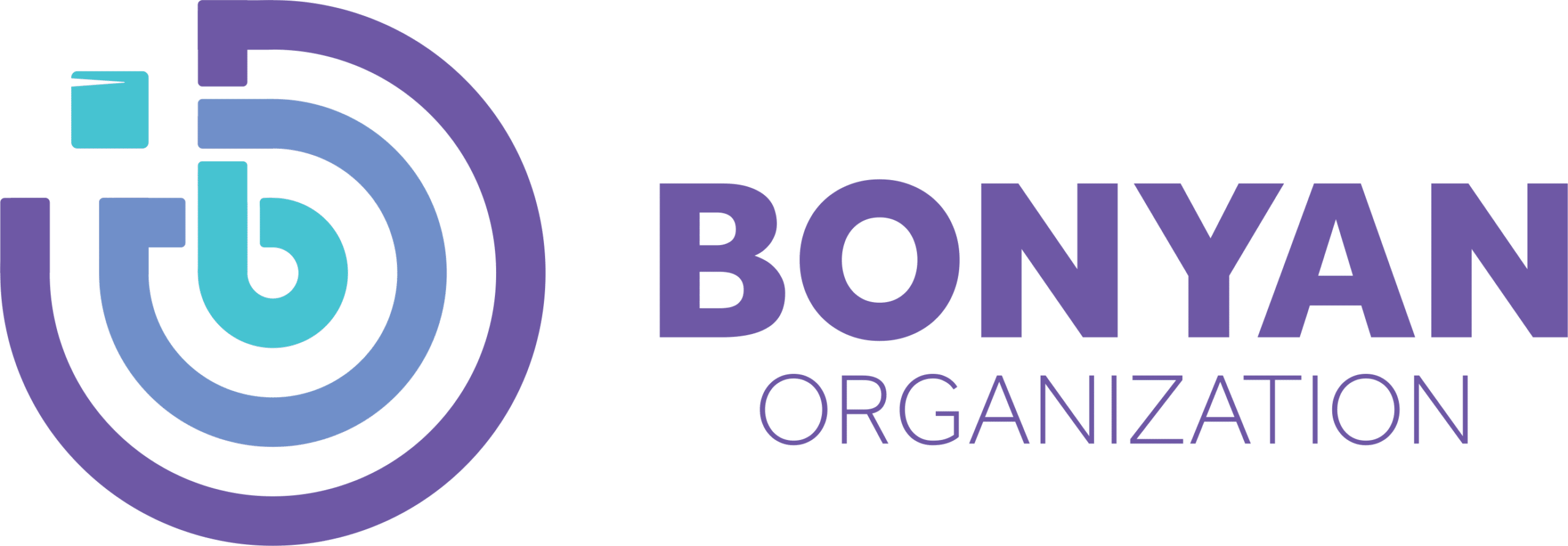Every Child Has the Right to Education
Education is the right of every child. However, for many children worldwide, going to school doesn’t lead to learning.
Even though two-thirds of children and adolescents globally are enrolled in school, more than 600 million cannot reach minimum competency levels in reading and mathematics. Foundational literacy and numeracy abilities are farther out of reach for youngsters who are not in school.
Children are deprived of access to school and learning worldwide for various reasons. One of the most stubborn obstacles is still poverty. Children who experience economic insecurity, political unrest, armed conflict, or a natural disaster are more likely to be excluded from school, as are those who are disabled or belong to racial or ethnic minorities. Opportunities for girls to attend school are still very limited in several nations.
Importance of Child Rights Education
According to the UN Convention on the Rights of the Child, every child has a right to education. Education aims to help children reach their maximum potential and teach them to respect others’ rights and fundamental liberties.
Non-discrimination, the child’s best interests, the child’s right to life, survival, and development, as well as the child’s freedom to express opinions, are among the general principles of the Convention that are pertinent to education.
Education Protects
Children can go to safe places to rest, recharge, and settle down so they are ready to study.
Experts know that youngsters cannot learn when they don’t feel protected or are experiencing emotional distress. Children may quickly regain their relaxed condition in safe environments, which is best for learning.
Because they give kids the resources to control and regulate their emotions, these environments also enhance social and emotional learning.
All children can benefit from safe spaces, but kids who have experienced a lot of stress or trauma benefit the most. These kids frequently have bad, afraid, or angry feelings when they go to school. The ability to study while feeling safe is essential for leveling the playing field.
Safe spaces are tools for social-emotional development, self-control, and classroom management.
Education Empowers
As education is a tool for improving people, communities, and the world, dedication to high-quality, open-access education for everyone is essential to creating a more equitable society.
Children who have left or are forcibly displaced from their homes often lose out on the potential benefits of migration, such as education – a major driving factor for many children and families who choose to migrate. A child who is a refugee is five times more likely to miss school than a child who is not a refugee. Migrant and refugee children are more likely to encounter bullying and other forms of prejudice at school if they can even attend.
Outside the classroom, legal restrictions impede migrant and refugee children from obtaining services on an equal basis with local children. In its worst forms, xenophobia can lead to physical assaults.
Education Enlightens
Education is essential to a brighter future for refugee children and all of us. Children need education because it helps them develop skills, self-confidence, and critical thinking. Additionally, it increases their prospects of escaping poverty and earning a living as adults. This is good for children and for society.
Refugee Education Problems
All refugees around the world have problems during the migration process, but the children, in addition to their mental problems, may have issues with education;
- Interrupted schooling.
- Language and cultural barriers.
- Minority religious beliefs.
- Levels of native education.
- Socioeconomic resources.
- The host country’s level of acceptance or rejection of the immigrants.
Read More:
FAQ
Why is it Important to Educate Refugees?
Education enables refugees to learn about themselves and the world around them as they work to rebuild their lives and communities, assisting them in becoming self-sufficient.
How Can We Help Refugee Students?
By collaborating with them to create safe environments and healthy connections in classrooms where encouraging interactions, acceptance, and unconditional regard are the norm.
What Can We Learn from Refugees?
Their resilience and courage in the face of adversity. Their devotion to family and friends. Their instinct is to share responsibility for helping those less fortunate within their communities.
Why Should We Care About the Refugee Crisis?
To help them and provide them with a better life.
How Can Teachers Help Refugee Students?
Working with them to create safe environments and healthy connections in schools where constructive interactions, acceptance, and kind words are the norm.



